I am working on a project to power some audio equipment that requires +/- 15V DC. Output current load is about 250mA, maximum. I am wondering if there’s any reason I couldn’t create this using two switching boost converters and a DC wall wart, as shown:
Edit: Would this circuit work better?
